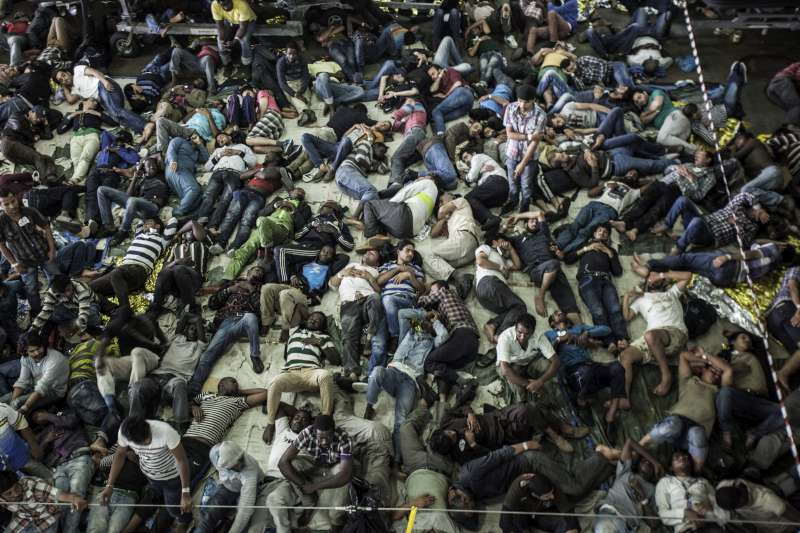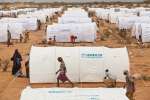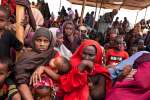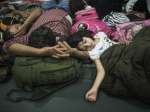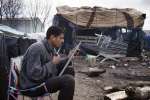Asylum claims from Syria, Iraq and other conflict zones rise in first half 2014
News Stories, 26 September 2014
GENEVA, September 26 (UNHCR) – A UNHCR report released on Friday shows that the number of people seeking refugee status in industrialized countries continued to climb in the first half of 2014, driven by the wars in Syria and Iraq as well as conflict and instability in countries such as Afghanistan, Eritrea.
UNHCR's new "Asylum Trends" report, which is based on data received from 44 governments in Europe, North America and parts of the Asia-Pacific, says 330,700 people asked for refugee status in these 44 countries between the start of January and the end of June. The figure marks a rise of 24 per cent from the same period a year earlier, and slightly higher than in the second half of last year (328,100 claims).
The report warned that, based on historical trends showing higher numbers of asylum-seekers in the second half of each year, 2014 could produce as many as 700,000 claims – which would make it the highest level in industrialized countries in 20 years and a level not seen since the 1990s conflict in former Yugoslavia.
"We are clearly into an era of growing conflict," said UN High Commissioner for Refugees António Guterres. "The global humanitarian system is already in great difficulty. The international community needs to prepare their populations for the reality that in the absence of solutions to conflict more and more people are going to need refuge and care in the coming months and years. Unfortunately, it is not clear that the resources and the access to asylum will be available to help them."
Of the net overall increase in new claims shown in the report, more than two thirds of these were in just six countries – Germany, the United States, France, Sweden, Turkey and Italy.
Central Europe, in particular Hungary and Poland, as well as Australia saw declines in the numbers of people asking to be accepted as refugees. Australia had just 4,600 claims (a 20 per cent fall from a year earlier), while in Poland the number dropped to 3,300 (65 per cent lower) and in Hungary to 4,800 (58 per cent lower).
Overall, Syria was the main country of origin of people seeking asylum with a more than two-fold increase (48,400 claims compared to 18,900 in the same period in 2013). Iraq, where hundreds of thousands of people have become newly displaced this year, produced 21,300 asylum applications, followed by Afghanistan (19,300) and Eritrea (18,900).
Applications for refugee status in industrialized countries are just one element in the global picture of forced displacement from wars and conflict. As of the end of 2013, some 51.2 million people were forcibly displaced worldwide. Most remain either internally displaced within their own countries, else as refugees hosted in states bordering onto war zones.
UNHCR publishes data on worldwide forced displacement in its annual Global Trends report. Reports on asylum in industrialized countries are normally published twice annually.
To read the Asylum Trends report, go to http://www.unhcr.org/5423f9699.html




